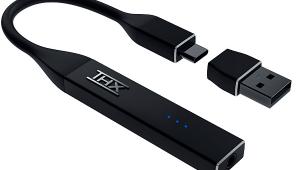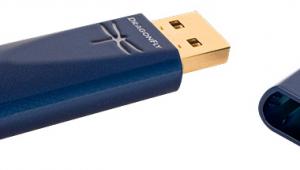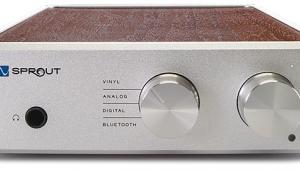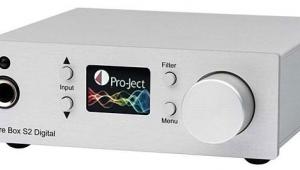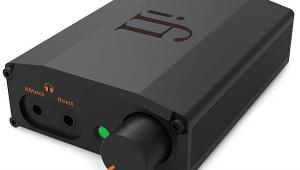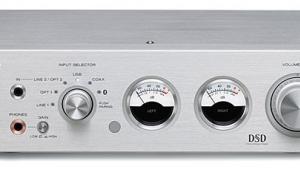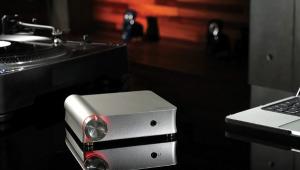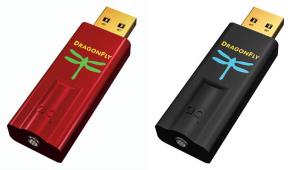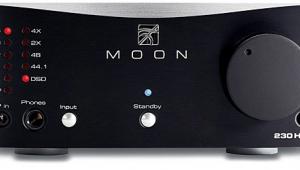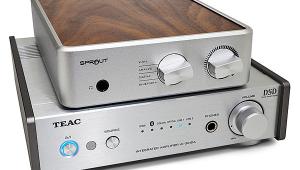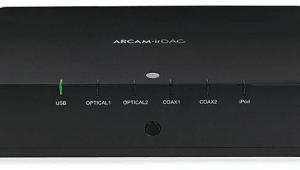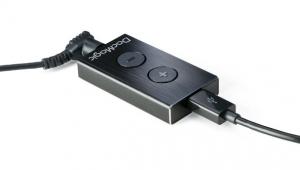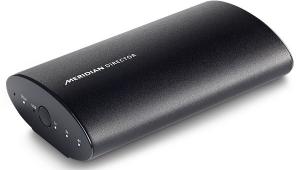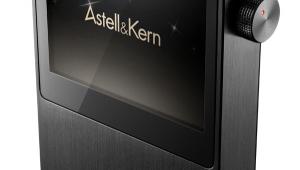Test Report: Dish Network Hopper and Joey Multiroom DVR Package

While there are multiple ways to get TV programming — broadcast, cable, satellite, telco (Verizon FiOS/AT&T U-verse), or over the Internet — I’ve received mine via cable for as long as I’ve been a member of the TV-consuming public.
Let’s face it, cable is easy: Almost every home in America is wired for it, it rarely goes out, and no set-top box or special installation is required. (If you stick with basic cable, that is.) But it’s also no secret that most people have little love for their cable providers, which raise rates with the same certainty as death and taxes. I’m also not in love with the Scientific Atlanta DVR provided by my cable company, Time Warner. Sure, it has dual HD tuners for time shifting, but it also has a small-capacity hard drive and a propensity to lock up. And I’m currently on my fifth box due to a variety of failures.
For some reason, I’ve always been a bit skeptical of satellite. There’s the whole stigma of the dish, which is mentioned in tones that make you feel you’re sure to become the neighborhood pariah. And there’s the issue of possible signal loss during rain or snowstorms. However, when I saw the new Hopper and Joey system that Dish Network unveiled at the 2012 CES — and when the company assured me that I could receive all of my local network programming in HD — I was ready to ditch my preconceptions and give satellite a try. With three HD tuners, a 2-terabyte hard disk capable of storing 2,000 hours of video, whole-house DVR features that let you pause/rewind live TV and view recorded programming from any room, and a PrimeTime Anytime feature (more on that later), the Hopper, as Dish claims, really did seem to be the most cutting-edge DVR ever. I wanted it!
Setup
Normally I’m a real stickler for installing the gear that I review, but this was a case where installation is part of the customer experience, so I was happy to sit back and let the Dish team treat me like any other customer. When the installers arrived, I explained a couple of my installation concerns. I recently dropped nearly $10,000 getting my roof redone, so I wasn’t super keen on having them lag-bolt a satellite dish to it. Also, since I live in a community governed by HOA restrictions, I wanted to have the dish installed in as discreet a location as possible.
Since the install is part of the package, I think it’s fair to review the installers. To be brief, they were awesome: very professional, thorough, and accommodating of all of my requests. They walked around my property using a tool to calculate the angle and azimuth sightlines so they could determine whether the dish would be able to hit all of the various satellites. After finding a suitable location for a pole mount (and with a little help from me and my chainsaw), they set the pole and mounted the dish, a process that took about an hour. Two wires run from the dish to a connecting block — a “Solo Node,” in Dish-speak — which feeds the receivers inside the home. The Dish system can use a home’s existing RG-6 coax cabling; however, cable TV and Dish signals can’t be carried on the same wire.
The system uses a networking standard called MoCA (Multimedia over Coax Alliance) to distribute high-definition content over RG-6 cable. All of the tuners and the hard disk reside in the Hopper, and when a Joey requests a program — whether live or recorded — it’s streamed from the Hopper across the cable. (Think of the Hopper as the server and the Joey, which has no onboard tuner or storage, as the client.) So changing a channel in a room with a Joey actually changes it inside the Hopper. This happens seamlessly and doesn’t appear to be anything out of the ordinary; it is just representative of the kind of cool tech the system employs.
I installed the Hopper in my living room and then installed Joeys in my bedroom and kitchen. One Hopper can support up to three Joeys, which would drive a total of four TVs. A system can have a max of two Hoppers and six Joeys connected to eight TVs. If you needed more than that, you would need to install a separate satellite dish to feed additional Hoppers.
The Hopper has a glossy black front panel, with a flip-down door that conceals some navigation controls. Considering all of the tech crammed inside, its form factor is slim, standing just over 2 inches tall. There are component and composite video connections, but I went with the single HDMI connection for both audio and video. It also features three USB and two Ethernet connections, and an eSATA port that’s reserved for future use.
The Joey is more limited with its connections, offering HDMI, composite video, Ethernet, and USB. It comes with a mounting plate, and its svelte shape makes it perfect to slip behind a wall-mounted flat-panel TV — which I did — so you can have a full-featured TV experience with an out-of-sight set-top box. With flat-panel TVs in secondary rooms becoming more common, the Joey’s form factor is a big deal.
Dish also provided me with a Sling Adapter that I connected to one of the Hopper’s USB ports. This lets you view live TV or DVR recordings on portable devices like an iPad running the Dish Remote Access mobile app, or on a networked computer.
All told, the installation and activation took about 3 hours, after which I was fully divested of cable and had jumped all the way into Hopper’s satellite pouch.
- Log in or register to post comments
